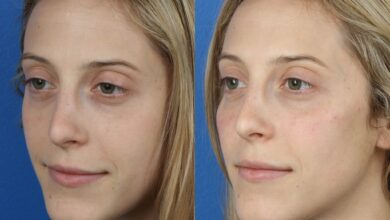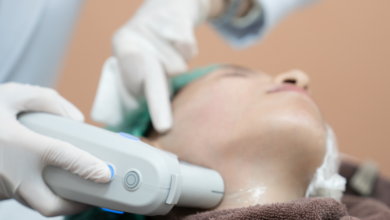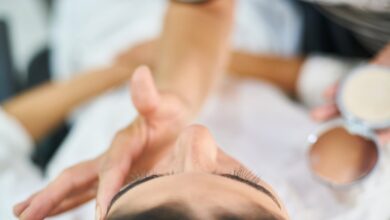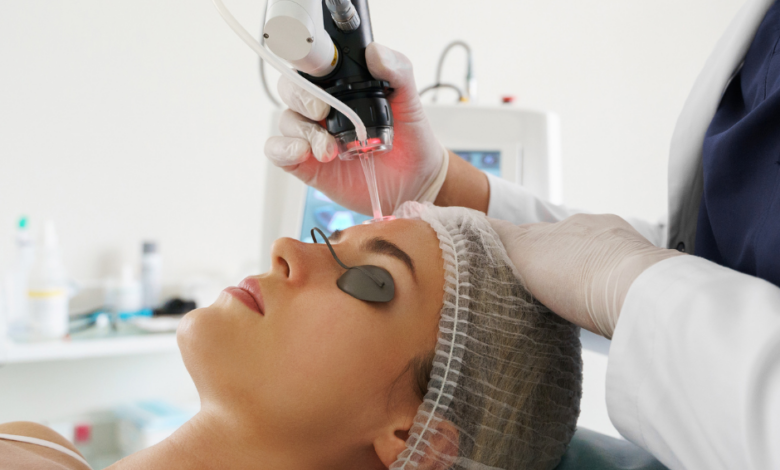
Looking for a way to rejuvenate your skin and achieve a personalized glow? Look no further than stylish.ae, where you can now experience laser resurfacing tailored specifically to your needs. This innovative treatment utilizes advanced technology to target and correct various skin concerns, such as wrinkles, acne scars, and uneven texture. With the personalized approach offered on stylish.ae, you can finally achieve the radiant and youthful complexion you’ve always desired. Say goodbye to dull skin and hello to a customized rejuvenation experience.
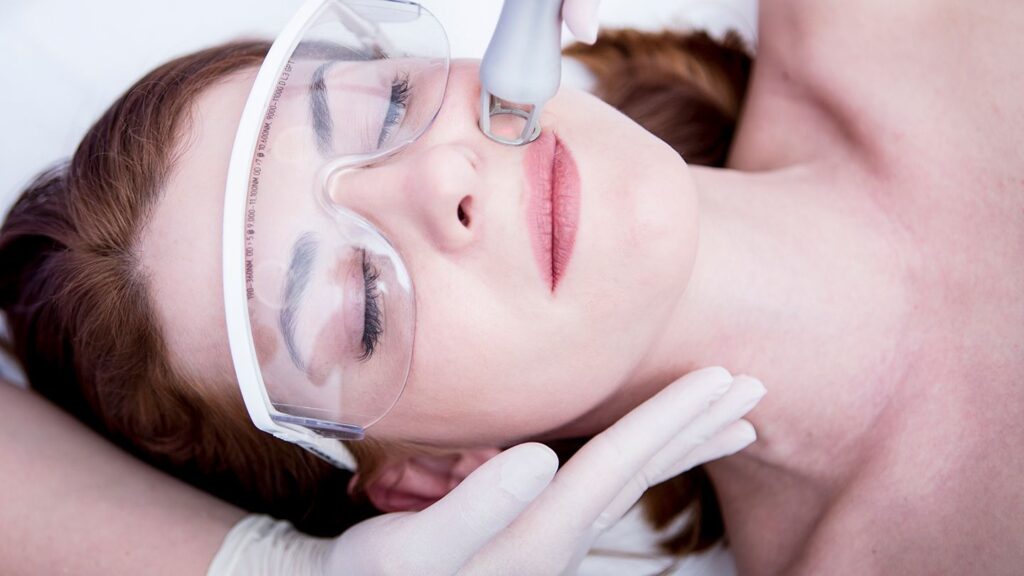
What is laser resurfacing?
Laser resurfacing is a cosmetic procedure that uses focused beams of light to rejuvenate and improve the appearance of the skin. It is a non-invasive treatment option that can address a range of skin concerns, such as wrinkles, fine lines, acne scars, sun damage, and uneven skin tone. The laser energy stimulates collagen production and removes damaged outer layers of skin, revealing smoother, more youthful-looking skin.
Different types of laser resurfacing
There are several different types of laser resurfacing techniques available, and your choice will depend on your specific skin concerns and desired results. Here are some of the most common types:
1. Fractional Laser Resurfacing
Fractional laser resurfacing targets small areas of the skin using tiny beams of light, leaving surrounding skin intact. This promotes faster healing and reduces the risk of complications. It is effective for reducing the appearance of fine lines, wrinkles, and acne scars.
2. CO2 Laser Resurfacing
CO2 laser resurfacing is a more aggressive technique that delivers intense laser beams to remove the entire surface of the skin. This stimulates collagen production and can significantly improve sun damage, deep wrinkles, and scars. However, it may require a longer recovery time.
3. Erbium Laser Resurfacing
Erbium laser resurfacing is a gentler option that effectively treats fine lines, wrinkles, and sun damage. It removes superficial skin layers, promoting collagen growth and smoother skin texture. It is often preferred for patients with lighter skin tones.
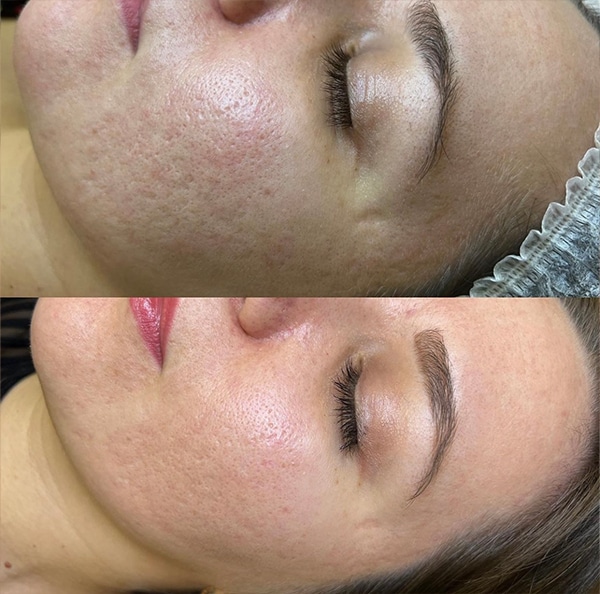
Benefits of laser resurfacing
Laser resurfacing offers numerous benefits for individuals looking to improve their skin’s appearance and enhance their self-confidence. Some of the key benefits include:
1. Improved Skin Texture
Laser resurfacing can help to smooth out rough skin texture, minimize the appearance of fine lines, and reduce the visibility of scars. By stimulating collagen production, it promotes the growth of new, healthy skin cells, resulting in a more youthful and radiant complexion.
2. Even Skin Tone
If you struggle with hyperpigmentation or sun damage, laser resurfacing can help to even out your skin tone. The procedure targets areas of discoloration and stimulates the production of new skin cells, resulting in a more balanced and uniform complexion.
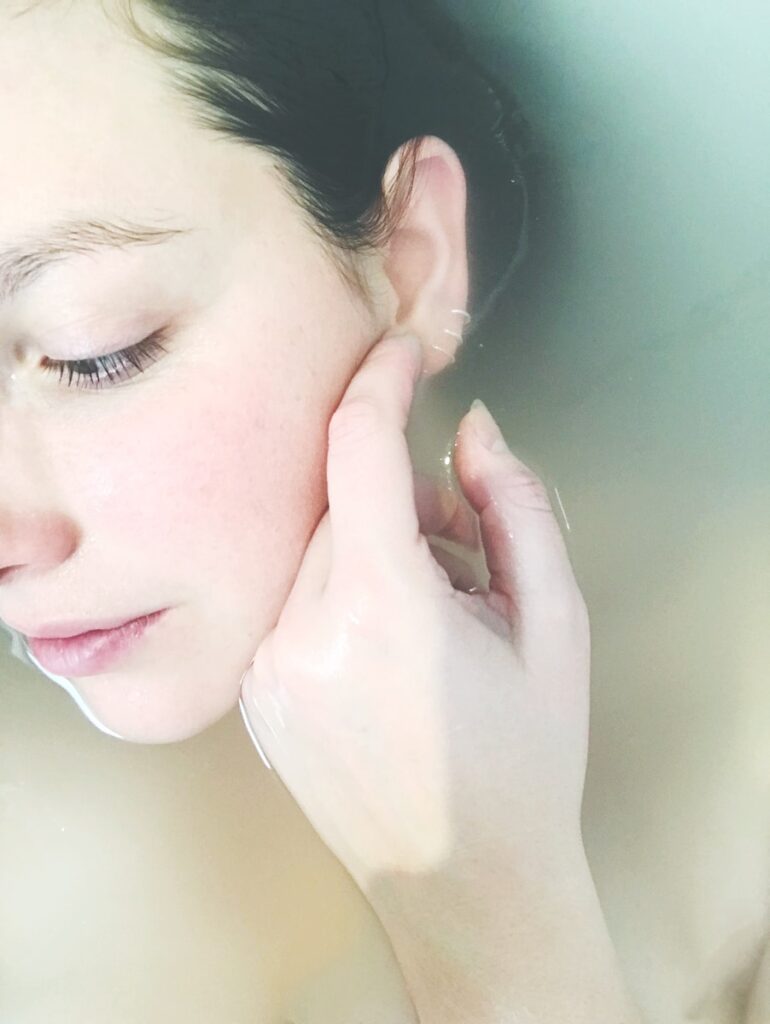
3. Youthful Appearance
As we age, our skin naturally loses collagen and elastin, leading to the formation of wrinkles and sagging skin. Laser resurfacing stimulates collagen production, which helps to tighten and firm the skin, reducing the appearance of fine lines and giving you a more youthful and rejuvenated appearance.
4. Minimal Downtime
Depending on the type and intensity of laser resurfacing chosen, the downtime associated with the procedure can vary. However, in general, laser resurfacing offers a relatively quick recovery period compared to other invasive treatments. This means you can typically return to your daily activities within a few days to a couple of weeks.
5. Long-lasting Results
One of the significant advantages of laser resurfacing is that the results can be long-lasting. While the procedure cannot stop the natural aging process, the improvements achieved through laser resurfacing can be maintained with proper skincare and sun protection. Regular follow-up treatments may also be recommended to sustain the desired results.
Factors to consider before laser resurfacing
Before undergoing laser resurfacing, there are several important factors to consider. These include:
1. Skin Type
Different laser resurfacing techniques are more suitable for certain skin types. It is essential to consult with a qualified professional who can determine the most appropriate treatment option for your skin tone and condition. Factors such as pigmentation, sensitivity, and the presence of any underlying skin conditions should be taken into account.
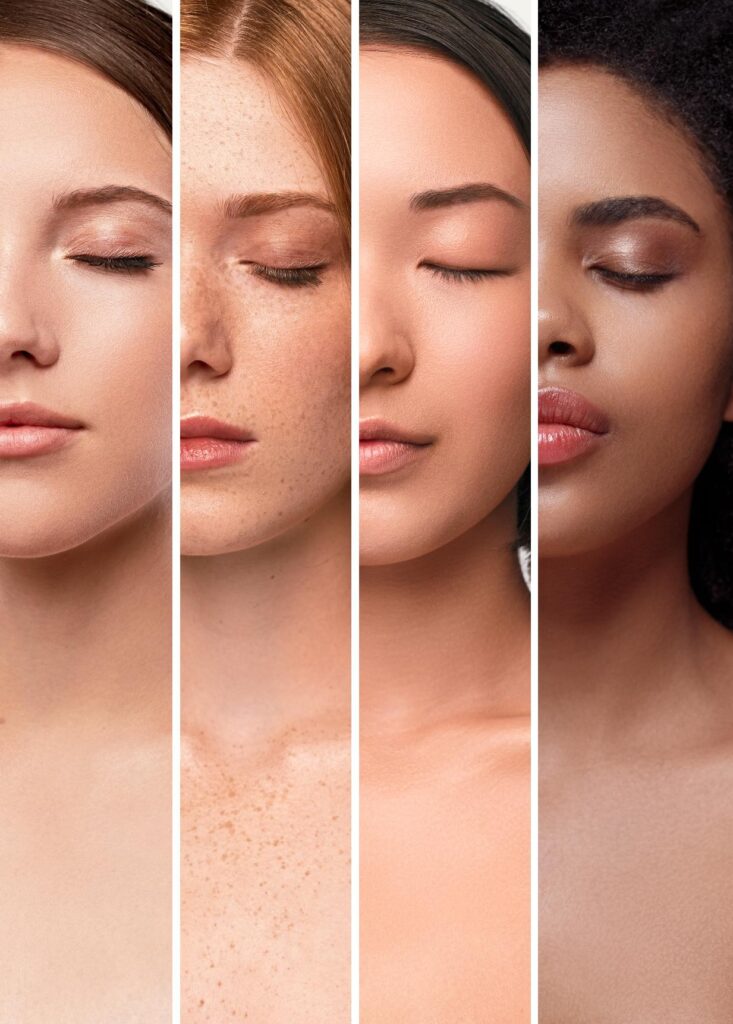
2. Expectations
It is crucial to have realistic expectations about the results laser resurfacing can achieve. While it can significantly improve the appearance of the skin, it is not a magical solution that can completely erase all signs of aging or damage. Discuss your expectations with your healthcare provider to ensure they align with the potential outcomes of the treatment.
3. Downtime
The recovery and downtime associated with laser resurfacing can vary based on the intensity of the treatment and individual healing factors. It is important to consider your lifestyle and schedule when planning for the procedure, as you may need to take time off work or limit social activities during the initial healing phase.
4. Potential Risks and Side Effects
Like any medical procedure, laser resurfacing carries some potential risks and side effects. These can include temporary redness, swelling, itching, or changes in pigmentation. It is crucial to discuss these potential complications with your healthcare provider and understand the steps you can take to minimize them.
Preparing for laser resurfacing
To ensure the best possible results and minimize the risk of complications, it is important to properly prepare for laser resurfacing. Here are some general guidelines to follow:
1. Consultation
Before undergoing laser resurfacing, schedule a consultation with a qualified healthcare professional. During this appointment, they will assess your skin, discuss your goals, and determine the most suitable laser resurfacing technique for your needs.
2. Skincare Regimen
Leading up to your laser resurfacing procedure, it is important to follow a skincare regimen recommended by your healthcare provider. This may involve avoiding certain products or treatments that can sensitize the skin. It is also crucial to protect your skin from excessive sun exposure and use sunscreen regularly.
3. Medications
Inform your healthcare provider about any medications or supplements you are currently taking, as some may need to be temporarily discontinued before the procedure. Certain medications, such as blood thinners, can increase the risk of bleeding or other complications during and after laser resurfacing.
4. Lifestyle Adjustments
In the weeks leading up to your treatment, it can be beneficial to make certain lifestyle adjustments. These can include avoiding smoking and minimizing alcohol consumption, as these factors can impact your skin’s healing ability.
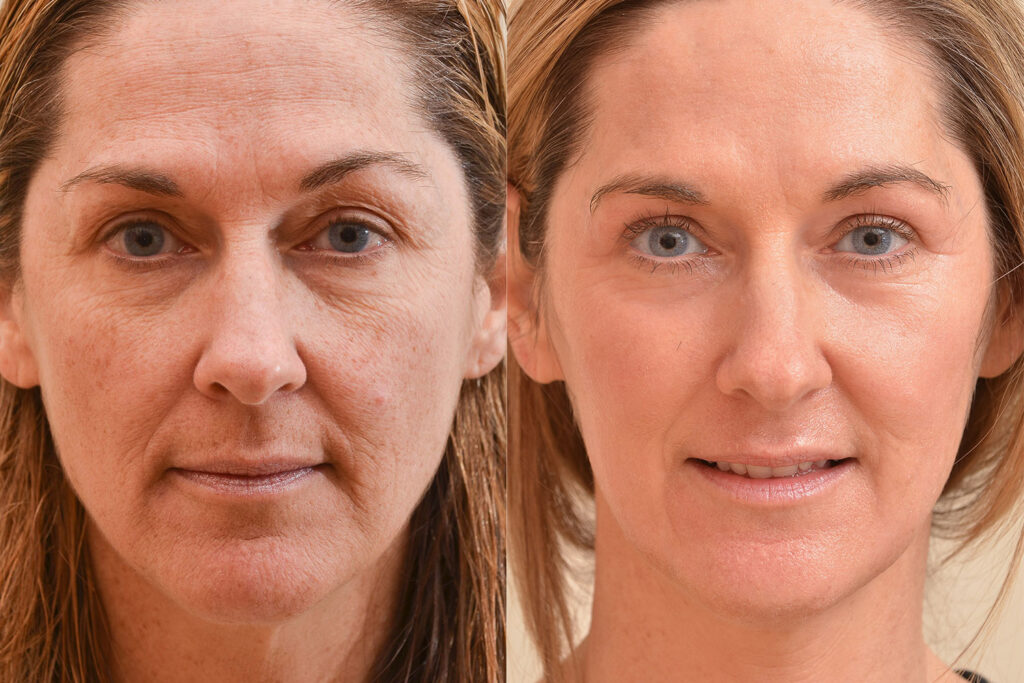
The laser resurfacing procedure
Once you have discussed your goals, prepared for the procedure, and arrived at the clinic, it’s time for the laser resurfacing procedure. Here is an overview of what to expect:
1. Preparation
Before the procedure begins, your healthcare provider will prepare your skin by cleansing it thoroughly. They may also numb the treatment area with a local anesthetic or apply a topical numbing cream to ensure your comfort during the procedure.
2. Laser Treatment
During the laser resurfacing procedure, your healthcare provider will carefully deliver the laser energy to the targeted areas of your skin. They will adjust the laser settings to the appropriate levels, ensuring that the treatment is tailored to your specific skin concerns. The laser beams will remove the outer layers of your skin, promoting collagen production and revealing fresher, healthier skin underneath.
3. Cooling and Post-Treatment Care
After the laser treatment, a cooling device or cold air may be used to soothe your skin and minimize any discomfort. Your healthcare provider will provide instructions on post-treatment care, which typically involve applying topical ointments or creams to aid in healing and protect the treated area.
Recovery and aftercare
Following laser resurfacing, the recovery and aftercare process is crucial for achieving optimal results. Here are some general guidelines to follow:
1. Healing Time
The recovery time can vary depending on the intensity of the laser resurfacing treatment. Generally, you can expect some redness, swelling, and mild discomfort immediately after the procedure. These symptoms should gradually improve over the next few days to weeks as your skin heals.
2. Skincare Routine
Your healthcare provider will provide specific instructions on how to care for your skin post-treatment. This may involve using gentle cleansers, moisturizers, and sunscreen. It is essential to follow their recommendations to promote proper healing and protect your skin from sun damage.
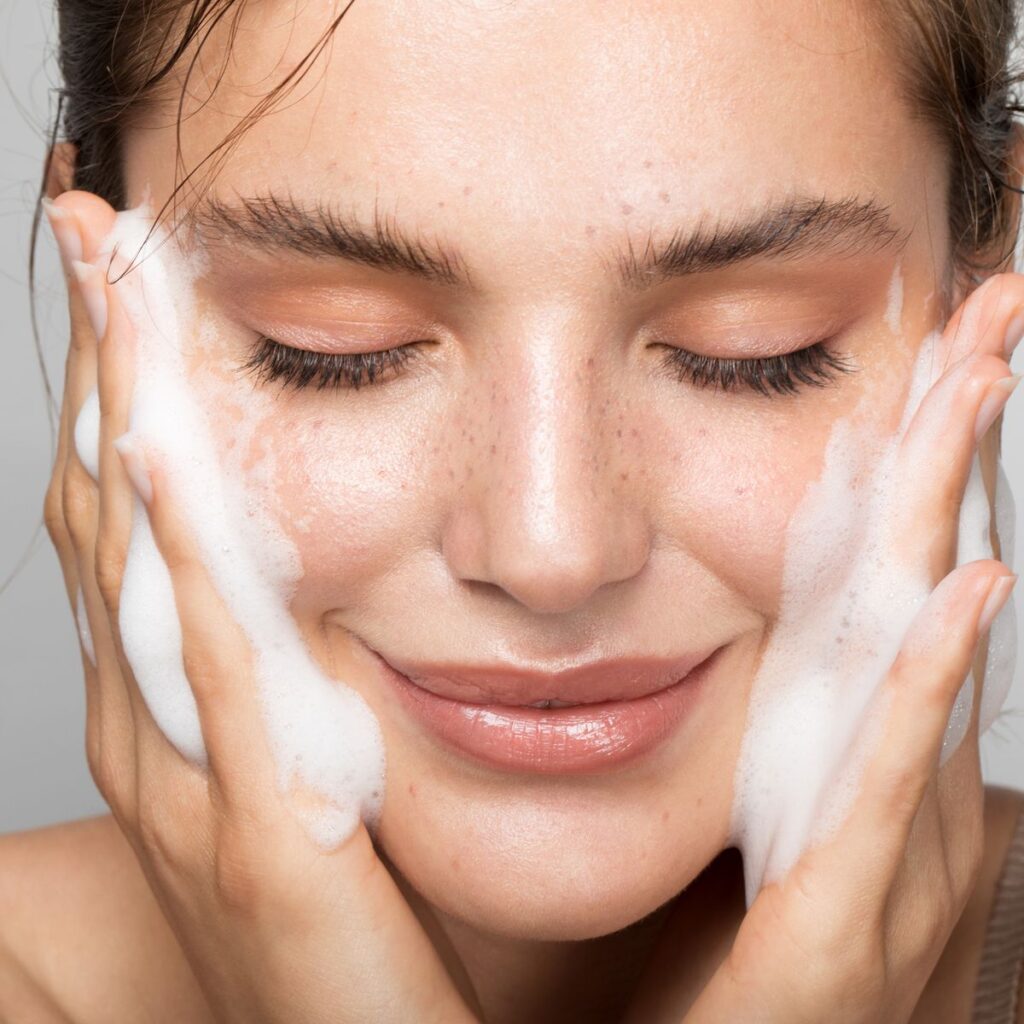
3. Avoid Sun Exposure
One of the most critical aspects of aftercare is avoiding excessive sun exposure, especially during the initial healing phase. Sunscreen with a high SPF should be applied daily, and protective clothing, such as wide-brimmed hats and sunglasses, should be worn when outdoors.
4. Follow-up Appointments
Your healthcare provider may schedule follow-up appointments to monitor your healing progress and assess the results of the laser resurfacing procedure. During these visits, they can address any concerns or questions you may have and make recommendations for ongoing skincare maintenance.
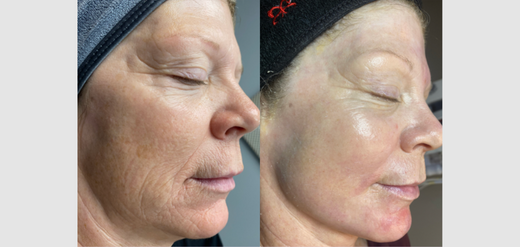
Results and expectations
The results of laser resurfacing can vary depending on several factors, including the type of laser used, the intensity of the treatment, and individual healing factors. In general, you can expect to see gradual improvements in your skin’s texture, tone, and overall appearance over the following weeks and months.
It is important to have realistic expectations about the results. While laser resurfacing can significantly improve the appearance of your skin, it cannot halt the natural aging process or prevent future damage. To maintain the best results, it is essential to follow a consistent skincare routine, protect your skin from sun exposure, and consider periodic touch-up treatments as recommended by your healthcare provider.
Finding the right clinic for laser resurfacing
When considering laser resurfacing, it is crucial to choose a reputable and experienced clinic to ensure you receive safe and effective treatment. Here are some factors to consider when finding the right clinic:
1. Qualifications and Expertise
Verify that the clinic and its healthcare providers have the necessary qualifications, certifications, and experience in performing laser resurfacing procedures. Look for professionals who specialize in cosmetic dermatology or plastic surgery and have a track record of successful outcomes.
2. Clinic Reputation
Research the clinic’s reputation by reading reviews and testimonials from previous patients. Look for positive feedback regarding the clinic’s professionalism, cleanliness, staff, and customer service. A reputable clinic will prioritize patient satisfaction and have a strong reputation within the community.
3. Technology and Equipment
Ensure that the clinic utilizes state-of-the-art laser technology and equipment. The quality of the equipment used can significantly impact the results and safety of the procedure. Clinics that invest in the latest advancements demonstrate a commitment to providing their patients with the best possible care.
4. Consultation Process
A knowledgeable and compassionate healthcare provider should conduct a thorough consultation before recommending laser resurfacing. They should take the time to listen to your concerns, evaluate your skin condition, and provide detailed information about the procedure, including potential risks and expected outcomes. A reputable clinic will prioritize patient education and transparency.
5. Safety Protocols
Ask about the clinic’s safety protocols to ensure that they adhere to strict guidelines and regulations in performing laser resurfacing procedures. They should have proper sterilization procedures in place, maintain a clean and hygienic environment, and conduct necessary pre-treatment assessments to minimize the risk of complications.
By thoroughly researching and selecting the right clinic for your laser resurfacing procedure, you can feel confident that you are making an informed decision and investing in high-quality care for your skin.
In conclusion, laser resurfacing is a versatile and effective cosmetic procedure that can address a wide range of skin concerns. With personalized treatments, careful consideration of individual factors, and proper aftercare, laser resurfacing can help you achieve smoother, more youthful, and vibrant skin. By finding the right clinic and working with experienced professionals, you can embark on your journey to a personalized glow and enhanced self-confidence.


